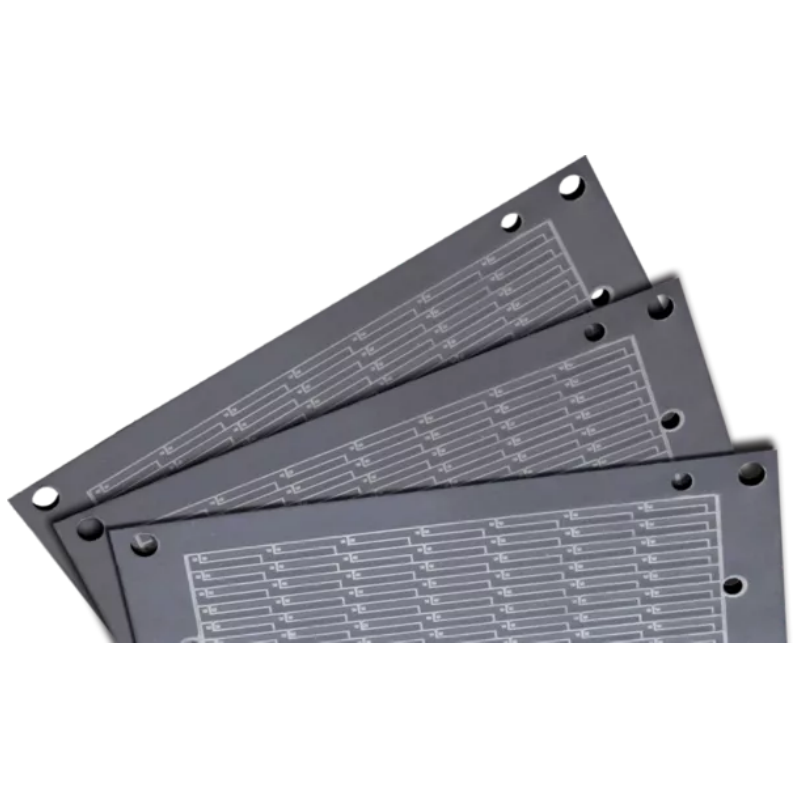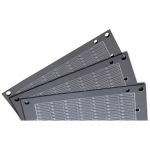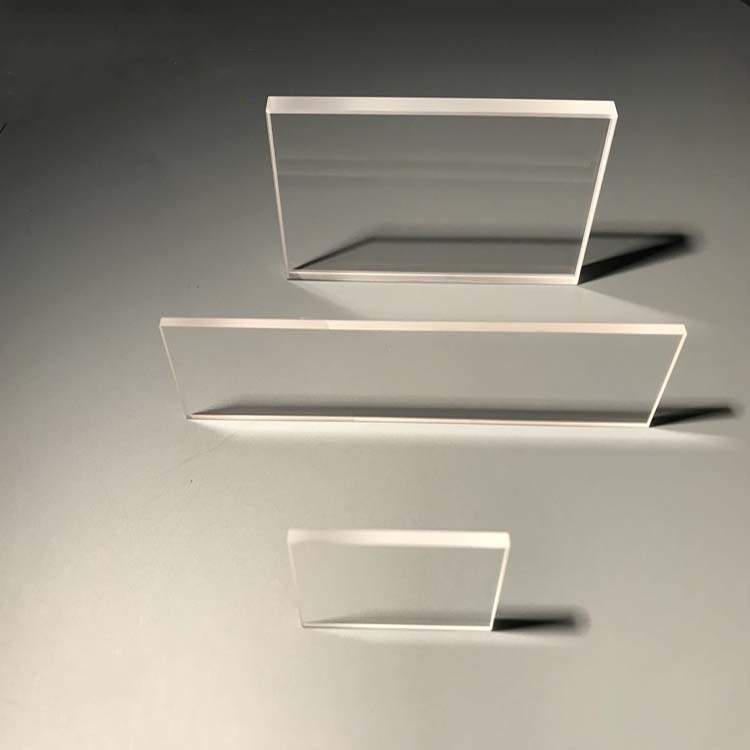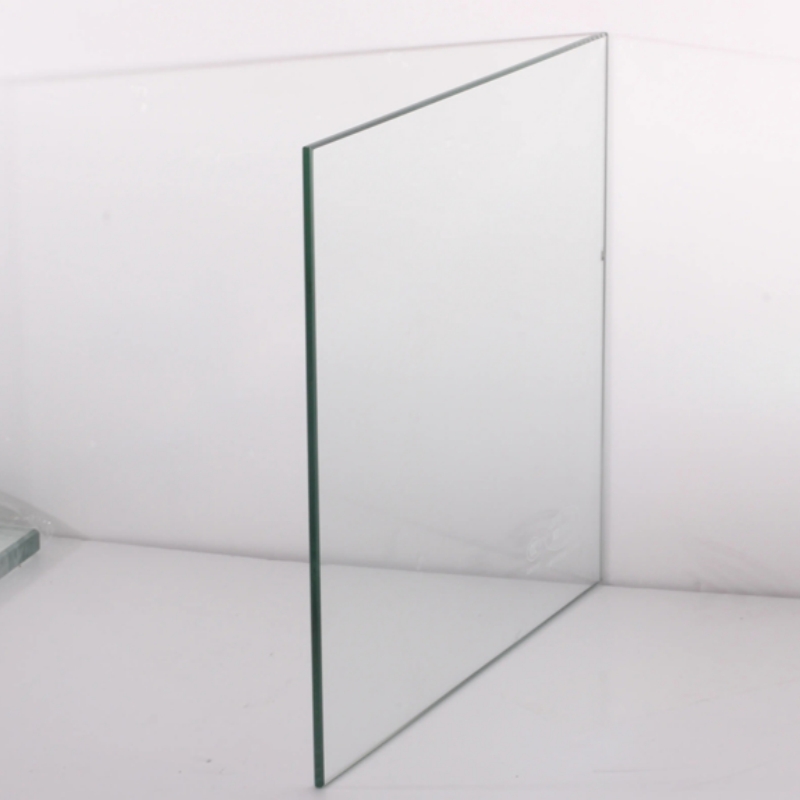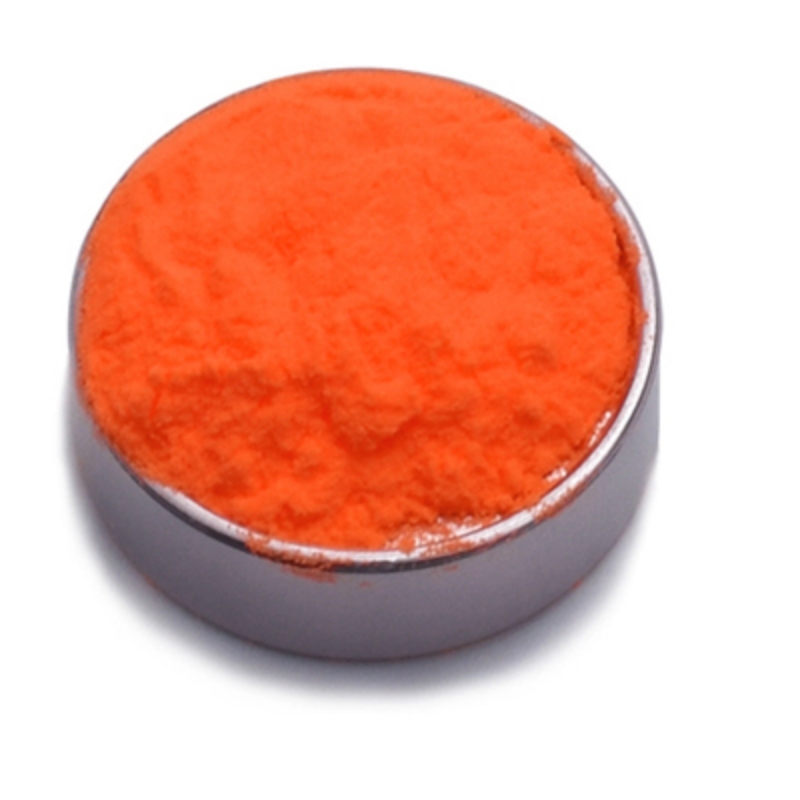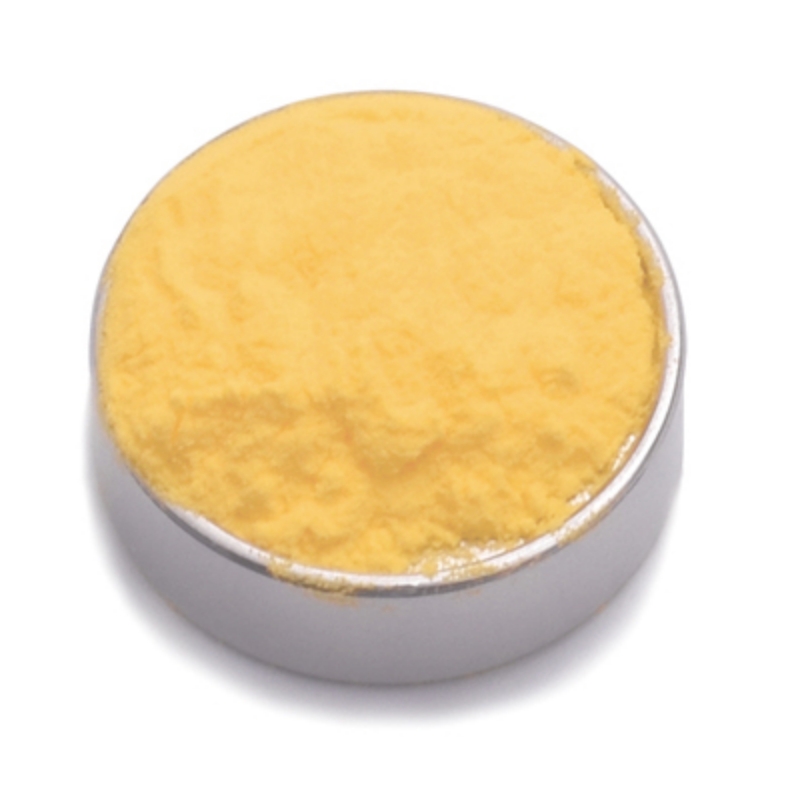Multilayer composite metallized ceramic substrates offer superior thermal conductivity, optimized electrical insulation, and enhanced mechanical durability. Designed for high-performance applications, they are widely used in semiconductor packaging, power electronics, and aerospace components.
Product Overview
The Multilayer Composite Metallized Ceramic Substrates Series is produced by printing circuits onto ceramic sheets and then stacking multiple layers, followed by low-temperature co-firing or high-temperature metallization sintering processes. These substrates exhibit excellent thermal conductivity, heat dissipation properties, and glow effects. The series is widely used in high-performance integrated modules, power modules, and electronic devices, particularly in applications that require high thermal conductivity and reliability. Metallized ceramic substrates not only excel in heat conduction but also offer strong mechanical strength and electrical insulation properties.
Features
- Good Thermal Conductivity and Heat Dissipation: The metallization technology ensures that the ceramic substrates have a high thermal conductivity, ensuring good thermal management and stable equipment performance.
- High Mechanical Strength: After multilayer stacking and sintering treatment, the ceramic substrates possess high mechanical strength, capable of withstanding large pressures and external stresses.
- Excellent Electrical Insulation: The ceramic materials provide excellent electrical insulation, effectively preventing electrical faults and ensuring long-term stable performance.
- Multiple Metal Coating Options: The products can be metallized with nickel, tin, gold, silver, and other metal layers, enhancing electrical conductivity, corrosion resistance, and electrical connection performance.
- High-Temperature Stability: The substrates are capable of maintaining long-term stable operation in high-temperature environments, meeting the needs of high-temperature and high-pressure applications.
Applications
- Hybrid Integrated Modules: Used in electronic hybrid integrated circuits to ensure efficient heat dissipation and electrical insulation.
- Network Resistor Pads: Provide efficient resistance functionality in electronic devices while maintaining good thermal management.
- Focus Potentiometers: Used in electronic adjustment systems to provide stable electrical connections and heat dissipation functions.
- Semiconductor Coolers: Used for thermal management in semiconductor devices, ensuring efficient operation.
- Power Modules: Used for encapsulation and thermal management in power modules, improving the stability and reliability of power supplies.
- Ozone Generation Plates: Widely used in ozone generators and air purification equipment, helping to improve equipment performance and longevity.
| Test Item | Test Conditions | Parameter |
| Density | —————— | ≥3.7g/cm³ |
| Flexural Strength | —————— | ≥280MPa |
| Thermal Conductivity | 20°C | ≥21W/(m·K) |
| Volume Resistivity | 20°C | ≥10¹⁴ Ω·cm³ |
| 300°C | ≥10¹¹ Ω·cm³ | |
| 500°C | ≥10⁹ Ω·cm³ | |
| Dielectric Constant | 1MHz | 9~10 |
 new material
new material

